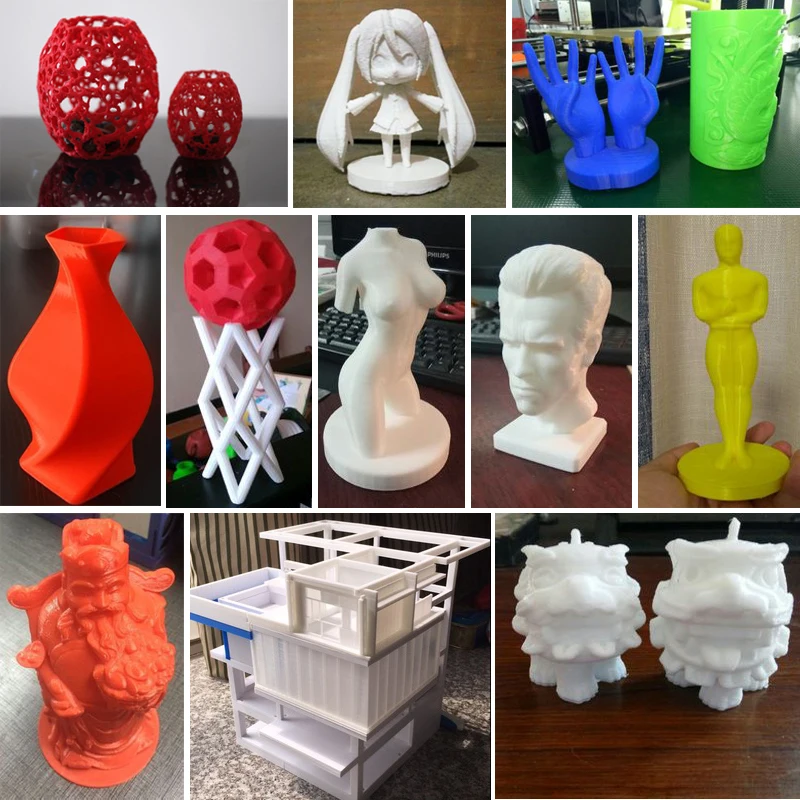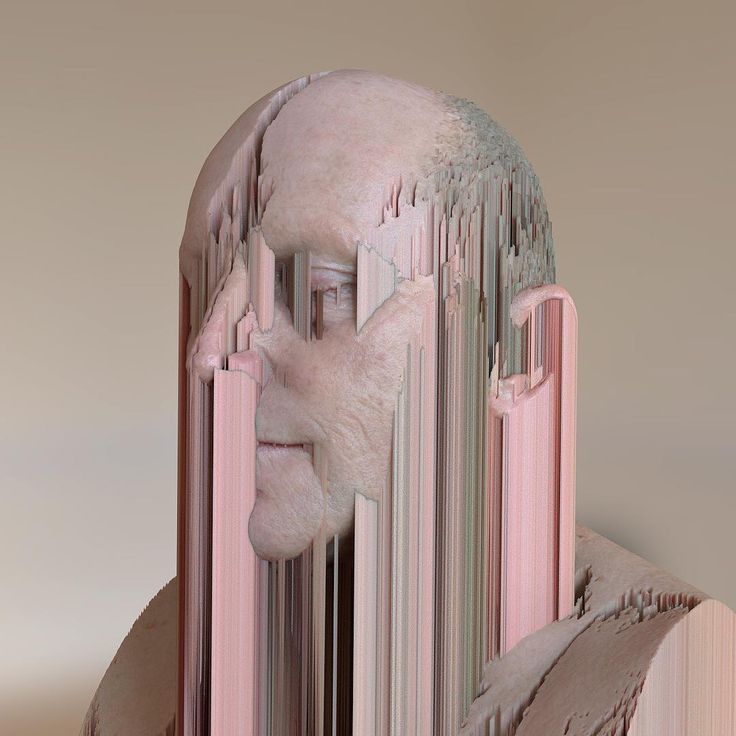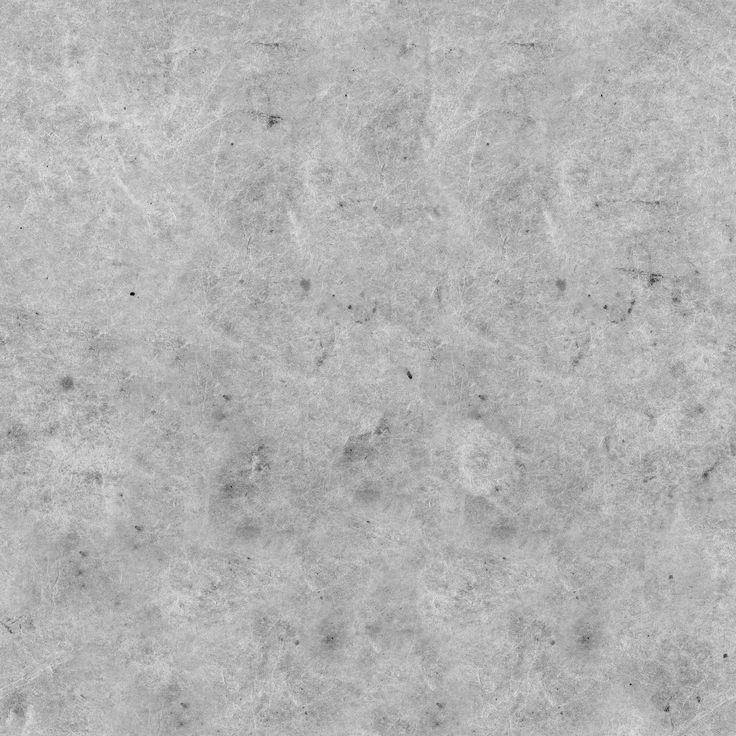3D printer cancer
Are They Dangerous to Your Health?
By Sammy Ekaran
3D printing opens up a world of creative possibilities, but it's important to do it safely. Here's what to know about potentially harmful fumes.
With the growing popularity of 3D printers comes a new set of concerns, chief among them being the potential health hazards posed by the fumes emitted when 3D printing objects. Several studies have indicated that 3D printer fumes pose a risk to human health, so it's important to familiarize yourself with these risks and how you can avoid them.
What's in 3D Printer Fumes
When a 3D printer works, it emits fumes that contain particles of plastic, metal, and other materials. 3D printer fumes comprise two categories of ingredients: UFPs and VOCs. Ultrafine particles (UFPs) are tiny and can cause inflammation inside the eyes and nasal areas when you're not wearing proper safety gear.
Volatile Organic Compounds (VOCs) include a wide variety of compounds emitted from certain solids and liquids. Some of these are not harmful and have a sweet smell, while others can have negative short- or long-term health effects, according to an EPA article on indoor air quality. You should take care to avoid long-term exposure to VOCs as well as UFPs.
You should take care to avoid long-term exposure to VOCs as well as UFPs.
3D printer fumes being inhaled into the lungs can cause respiratory problems and other health issues. These fumes can also irritate the eyes. And when the're absorbed through the skin, they can raise the risk of skin irritation and other issues.
Risks of Inhaling 3D Printer Fumes
Inhaling 3D printer fumes can cause various health risks, such as the following:
- Allergic reactions: Some 3D printing filaments contain ingredients that can trigger allergies or irritate respiratory systems. According to research in Environmental Science and Technology, ABS and PLA filament were found to have a higher potential to trigger allergies or inflammation.
- Dermal exposure: 3D printer fumes may also contact the skin, leading to potential irritation. In particular, extrusion-based 3D printers use thermoplastics which can be hazardous if they make direct contact with the skin and cause chemical burns.
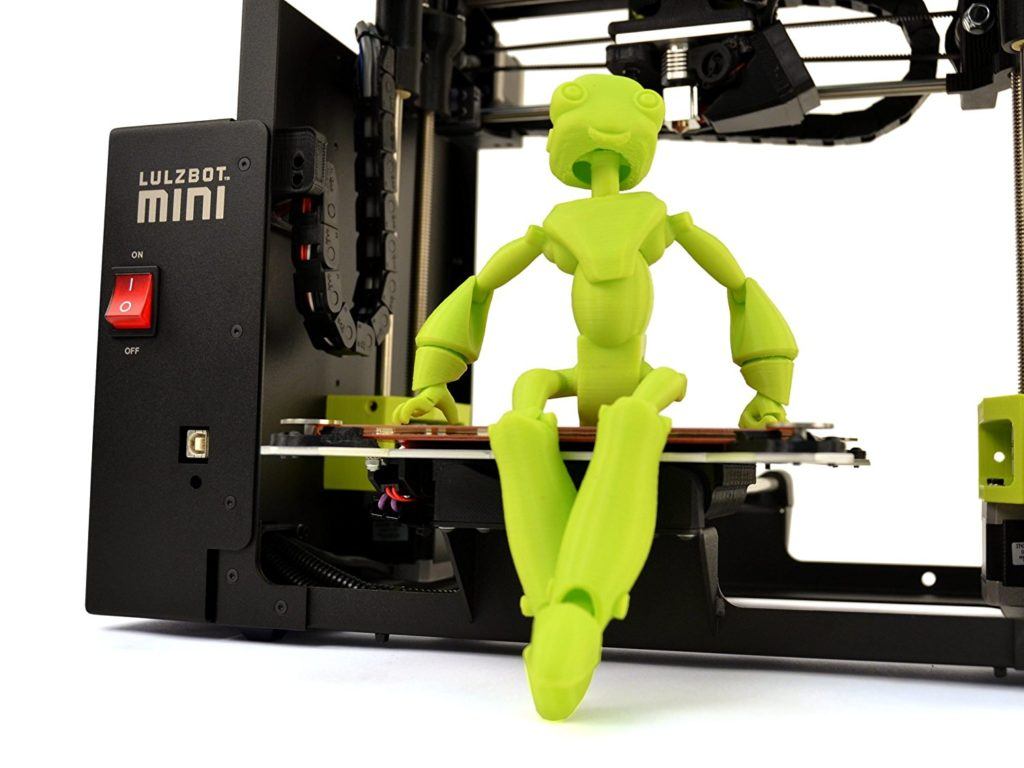 The CDC's article on 3D printing safety mentions skin contact with harmful 3D printing materials as one of the hazards of this technology.
The CDC's article on 3D printing safety mentions skin contact with harmful 3D printing materials as one of the hazards of this technology. - Respiratory system issues: Some 3D printing fumes contain gaseous substances that can potentially cause damage to the respiratory system. These fumes may irritate the eyes, nose, and throat, as well as trigger coughing, headaches, dizziness, and other signs of respiratory distress. According to the same study in Environmental Science and Technology, particles emitted by 3D printers negatively impact the quality of indoor air, and significant exposure can affect respiratory health. The study also found that emissions from ABS filaments tend to be more detrimental because ABS results in more emissions.
Long-Term Health Effects of 3D Printer Fumes
Long-term exposure to 3D printing fumes can have the following effects:
- Injury to the cells: Prolonged exposure to 3D printer fumes can damage cells, according to a study by the Chemical Insights Research Institute using human airway epithelial cells.
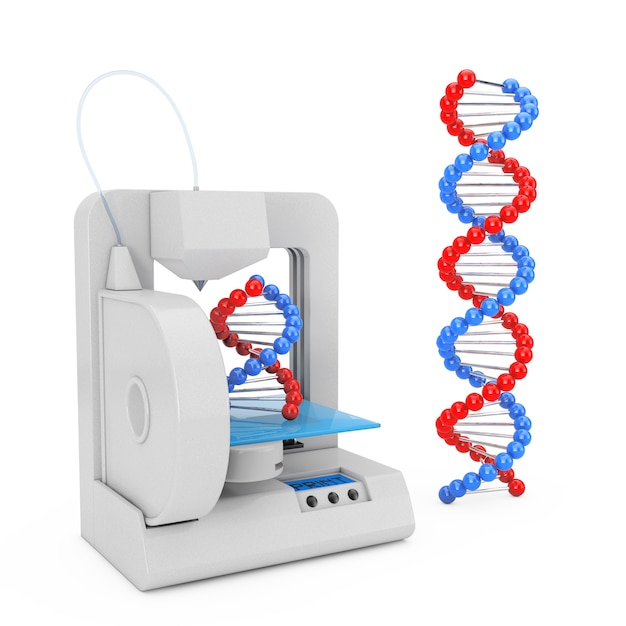
- Carcinogens: Some types of thermoplastics used in the 3D printing process contain carcinogenic substances that could potentially cause cancer if inhaled or ingested over an extended period. According to a 2016 study done by the American Chemical Society, ABS and HIPS filaments produced a large amount of styrene, which is classified as a possible human carcinogen by the International Agency for Research on Cancer.
How to Protect Yourself From 3D Printer Fumes
Image Credit: Nerdtronic/YouTubeYou can take several measures to reduce the number of 3D printer fumes you expose yourself to in your home or office environment. These include:
- Ensure proper ventilation: Ensure that your 3D printer has adequate ventilation and air circulation to minimize the buildup of 3D printer fumes. You can do this by opening windows, using a fan to circulate air, or installing an exhaust system.
- Use a respirator mask: If you are working with particularly odorous materials such as ABS, it may be beneficial to wear a respirator mask designed for protection from fumes and particles.
 Some also have special filters for protection against specific materials such as nylon and polycarbonate.
Some also have special filters for protection against specific materials such as nylon and polycarbonate. - Use safer materials: 3D printer filaments like ABS produce a lot of toxic fumes and should be avoided. You should consider choosing a 3D printer filament that produces fewer toxic fumes like PLA and PETG.
- Clean your printer regularly: Be sure to clean your 3D printer regularly to prevent the buildup of dust and other particles that could become airborne during prints. Regular cleaning of your printer will also help reduce any unpleasant odors. You can start by cleaning the 3D printer bed and advancing to other parts.
- Enclosures: Install a 3D printer enclosure around your 3D printer to help contain the fumes and keep them away from other people in the space. The National Institute for Occupational Safety and Health (NIOSH) also recommends the use of enclosures to capture the fumes. An example of a 3D printer enclosure is shown below.
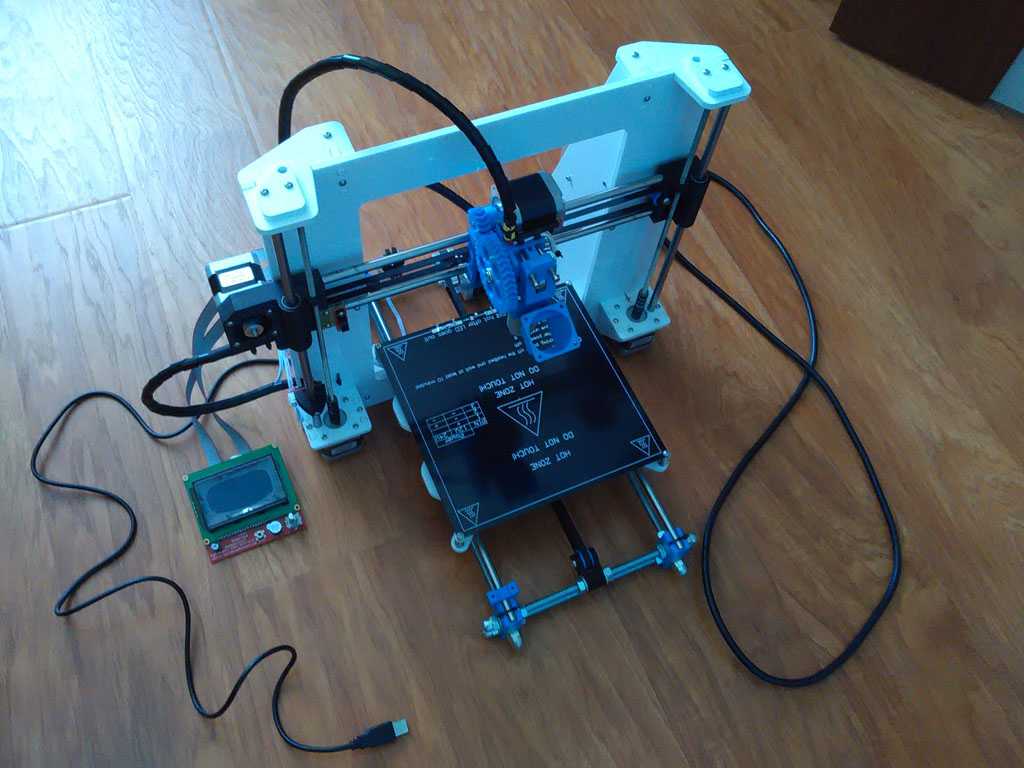
- Fans: Add fans near the printer to help push some fumes out of the workspace faster and improve ventilation circulation.
- Temperature control: Monitor and adjust your 3D printer's temperature to reduce the fumes the filament produces.
- Filament storage: Store your filaments in a cool area and away from heat sources like sunlight or direct heating to prevent off-gassing.
- Heated build platforms: Use a heated build platform to help keep the filament from overheating and reduce the number of fumes emitted.
- Wear protective gear: Wear safety glasses to protect your eyes from particles released during printing and gloves to stay safe from sharp edges on printed objects.
Take the Necessary Precautions When Working With a 3D Printer
Fumes produced by 3D printers can be harmful to your health, so it's essential to take all necessary precautions to reduce exposure to these fumes, including adequate ventilation and protective equipment. By taking these steps, you can ensure that 3D printing is safe for you and your family or coworkers. If you expose yourself to hazardous levels of these fumes, you should seek medical attention from a qualified professional.
By taking these steps, you can ensure that 3D printing is safe for you and your family or coworkers. If you expose yourself to hazardous levels of these fumes, you should seek medical attention from a qualified professional.
Subscribe to our newsletter
Related Topics
- Wellness
- DIY
- Technology Explained
- 3D Printing
- Health
- Personal Safety
About The Author
Sammy writes content on 3D modeling, 3D printing, and general technology. His writings have appeared in several 3D printing publications and He holds a Bachelors's degree in Information Technology.
You will find him 3D printing with his Anet A8, Anycubic Kobra and Ender 3V2 printers when he is not writing.
Top 5: 3D Printing For Cancer Treatment
Published on January 29, 2023 by Claire S.
Hello everybody and welcome to our weekly top 5, where we collate the best 3D printing videos of the week. This time we have a 3Dnatives original video for you about how 3D printing can be used for cancer treatment and care. We also have a video on motor sports from Jabil, from which you can learn about their collaboration with Formula 1. For those interested in industrial production, there is a video on how German firm dp polar uses additive manufacturing. Finally, if 3D printed houses are your thing, we have a video from a South African news site about how the technology is being employed for sustainable development of new homes in the country. Enjoy!
Top 1: 3Dnatives Original: Fighting Cancer With 3D Printing
We are delighted to bring you a new 3Dnatives original video. This one is about the medical applications of the technology, specifically in the fight against cancer. 3D printing can be used in a number of ways, both in hospital and in the lab, including bioprinting of bioprostheses for women who have undergone a mastectomy (breast removal), and to produce models for surgical planning. For the rest, you’ll have to watch the video! You can find our other videos on our youtube channel HERE.
This one is about the medical applications of the technology, specifically in the fight against cancer. 3D printing can be used in a number of ways, both in hospital and in the lab, including bioprinting of bioprostheses for women who have undergone a mastectomy (breast removal), and to produce models for surgical planning. For the rest, you’ll have to watch the video! You can find our other videos on our youtube channel HERE.
Top 2:Additive Manufacturing Gives Formula 1 A Boost
Next up in our weekly selection we have a video featuring Jabil, an electronics manufacturing services company headquartered in Florida, on their work with the Alpine F1 team using additive manufacturing. We learn about the importance of top quality manufacturing for motorsport racing, and the need for a reliable, stable vehicle which can withstand high temperatures and pressures.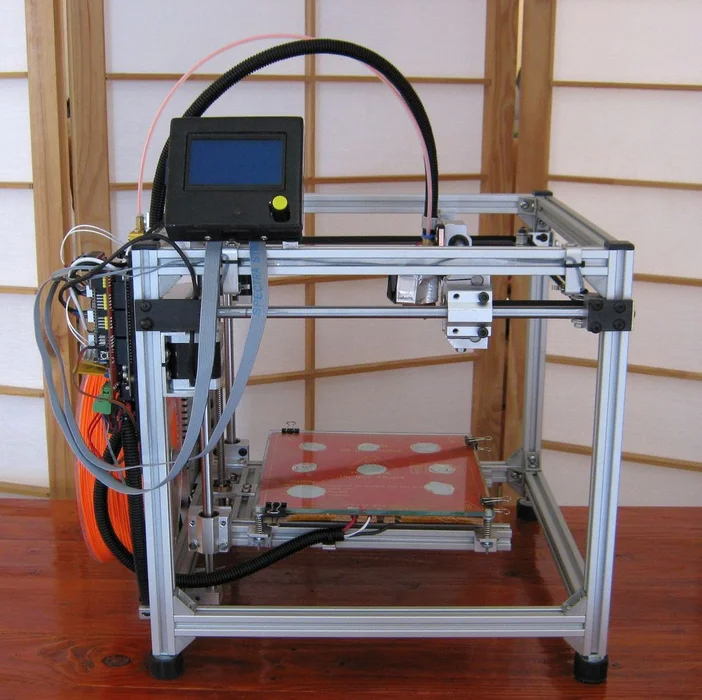 The Jabil team tells us about their investment in high performance polymer and metal 3D printing machines which can work with high-tech materials at a high pace. They believe that 3D printing allows high creativity in terms of structure and design, allowing them to bypass the limitations of more traditional methods such as CNC machining. Indeed, 3D printing is increasingly popular in motorsports like Formula 1 and has also been used to manufacture unique and high-quality vehicles.
The Jabil team tells us about their investment in high performance polymer and metal 3D printing machines which can work with high-tech materials at a high pace. They believe that 3D printing allows high creativity in terms of structure and design, allowing them to bypass the limitations of more traditional methods such as CNC machining. Indeed, 3D printing is increasingly popular in motorsports like Formula 1 and has also been used to manufacture unique and high-quality vehicles.
Top 3: Additive Manufacturing In A Rotary System
Next up, we have a video featuring the German firm dp polar, displaying their innovative rotary 3D printing process using a rotary table. According to the video, this process offers increased productivity and means that 3D printing is not limited to one part of the production, but can be applied across the value chain. The rotary system prevents the need for the print heads to move, so overall time is the same as the print time, and a segmented build plate allows for flexibility. Furthermore, the printer offers two print modes: prototype, where the print time is reduced as subsections are used, and production mode, where the entire surface is used for the maximisation of output. This video is a substantial description of the benefits of this system, so it is impossible to list every aspect of it. The video is recommended for those with an interest in emerging 3D printing technologies who like to see video descriptions of new technological developments.
The rotary system prevents the need for the print heads to move, so overall time is the same as the print time, and a segmented build plate allows for flexibility. Furthermore, the printer offers two print modes: prototype, where the print time is reduced as subsections are used, and production mode, where the entire surface is used for the maximisation of output. This video is a substantial description of the benefits of this system, so it is impossible to list every aspect of it. The video is recommended for those with an interest in emerging 3D printing technologies who like to see video descriptions of new technological developments.
Top 4: EOS And Metal AM
This video is an interview with Nikolai Zaepernick, Chief Business Officer of EOS. He talks through the importance of responsible manufacturing, both in terms of ensuring a high quality of parts, but also in taking care of the environment and being mindful of how their business affects the planet and other people.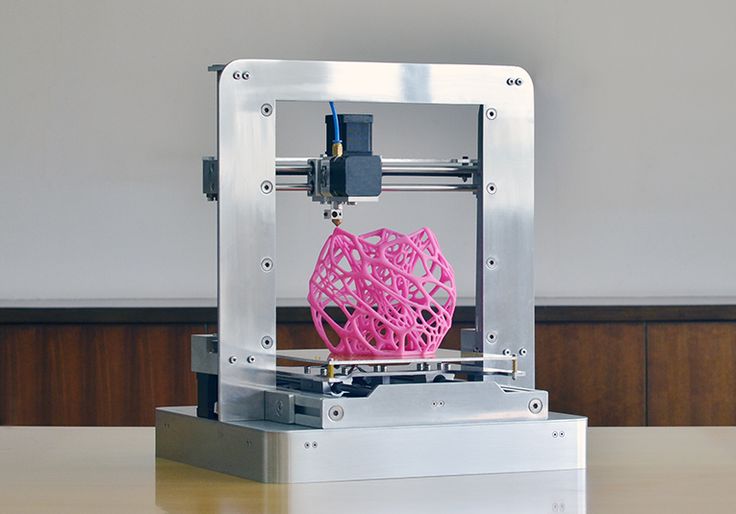 They talk through how the view of additive manufacturing has changed in recent years; we also get the chance to see examples of 3D printed parts made by EOS. If you’re interested in the technical process of metal additive manufacturing, this video also gives us a run-down of how it works with demonstrations of several E)S machines.
They talk through how the view of additive manufacturing has changed in recent years; we also get the chance to see examples of 3D printed parts made by EOS. If you’re interested in the technical process of metal additive manufacturing, this video also gives us a run-down of how it works with demonstrations of several E)S machines.
Top 5: 3D Printed Housing In South Africa
We have written multiple times about the potential which 3D printing holds in construction, offering shorter lead times and monetary savings compared to traditional building methods. Here we have a video from a South African newsreader discussing the use of the technology to build new homes in the country. As we learn in the video, Department of Science and Technology has launched a massive-scale 3D printer in partnership with the University of Johannesburg in order to build sustainable homes.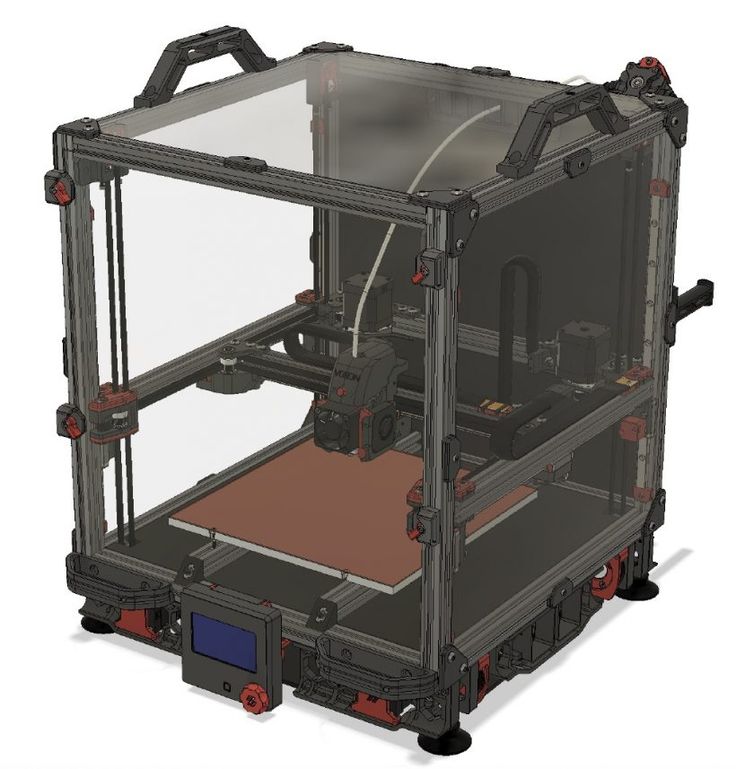 There is also an interview with two members of the team working on it, in which we learn of the design process and their international collaborations, as well as about the sustainability of the project.
There is also an interview with two members of the team working on it, in which we learn of the design process and their international collaborations, as well as about the sustainability of the project.
What do you think of the 3Dnatives video on fighting cancer with 3D printing? Let us know in a comment below or on our Linkedin, Facebook, and Twitter pages! Don’t forget to sign up for our free weekly Newsletter here, the latest 3D printing news straight to your inbox! You can also find all our videos on our YouTube channel.
Scientists 3D-printed a model of a tumor using cancer cells from patients The authors plan to use this model to test the effectiveness of various drugs and treatments.
Diagram of a methodological approach using a 3D tumor model for drug screening and target detection Cancer is one of the leading causes of death in all countries, regardless of the income level and well-being of the population.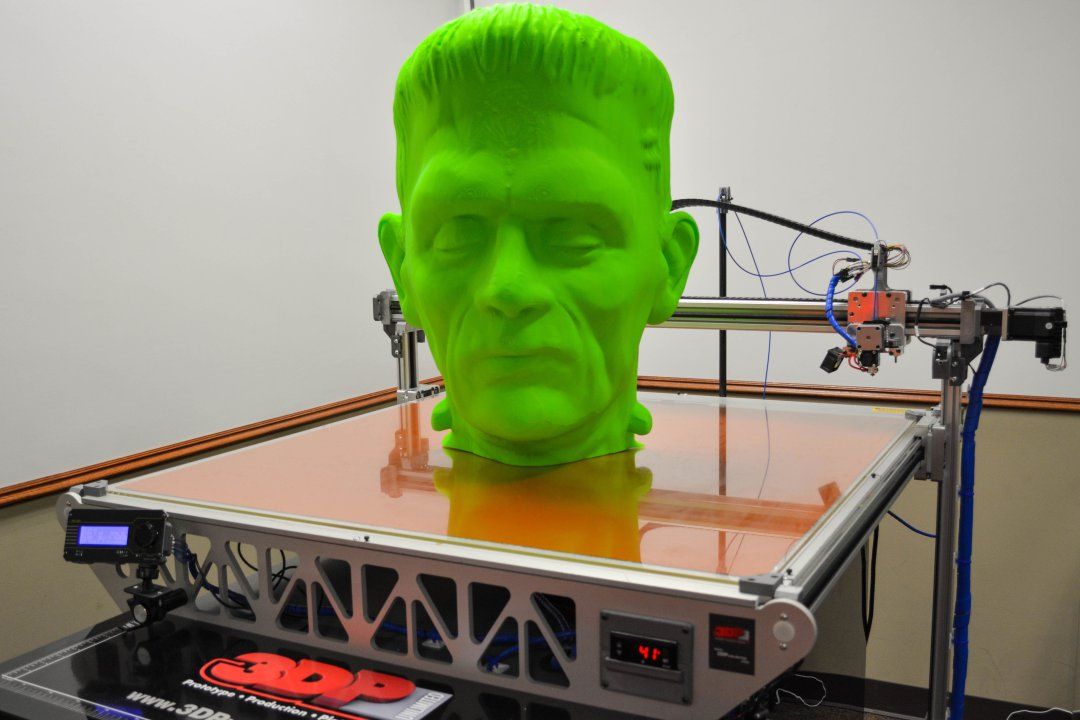 Most often, people die from cancer of the lungs, colon and rectum, prostate and breast, stomach and skin. Almost 10 million people died from this disease last year alone.
Most often, people die from cancer of the lungs, colon and rectum, prostate and breast, stomach and skin. Almost 10 million people died from this disease last year alone.
There are several methods of treatment for various forms of cancer, but their effectiveness depends on the correct diagnosis and the drug itself. A 2013 study found that approximately 30-40% of cancer patients receive ineffective drugs. We are talking about a significant excess of the cost of treatment over the number of positive results.
Researchers at Tel Aviv University set out to reduce this difference by conducting additional studies on the effectiveness of drugs.
Most drug experiments prior to transfer to animals are performed on 2D in vitro cell cultures . They play a huge role in research but do not support specific tissue architecture and multiple cell functions. Predictions of in vivo performance is based on experiments with human cells transplanted into mice, which is very time consuming and resource intensive. In addition, tumors on plastic in petri dishes behave completely differently, which distorts the results of experiments.
In addition, tumors on plastic in petri dishes behave completely differently, which distorts the results of experiments.
The authors of the study decided to go the other way and use the cancer cells of glioblastoma patients to print the tumor on a 3D printer. They relied on the experience of previous researchers who created computer models of cancer cells.
At the beginning of the study, the authors created a base of fibrinogen and gelatin. To ensure a correct assessment of the behavior of the tumor, bone marrow stromal cells were added to the medium, which ensure the restoration of cells and tissues. During preliminary tests, the authors found that astrocytes and microglia grown in such an environment fully correspond in characteristics to similar cells growing in the brain. This means that the environment is suitable for recreating conditions close to natural.
Next, the authors printed a functional vascular network, without which it is impossible to maintain life in a cancerous tumor. The absence of a network will lead to tissue necrosis, which will significantly affect the results of the experiment. The network is made up of proteins in the extracellular matrix and cells lining the vessels.
The absence of a network will lead to tissue necrosis, which will significantly affect the results of the experiment. The network is made up of proteins in the extracellular matrix and cells lining the vessels.
In this environment, as close as possible to natural conditions, the authors placed a glioblastoma printed from cancer cells of patients. The medium turned out to be so suitable that it was able to mimic the blood-brain barrier. This allowed researchers to evaluate its integrity and functionality in the presence or absence of cancer cells.
The resulting model was connected to a system that mimics the natural supply of nutrients to cells, and for two weeks, the response of the tumor to various treatments was tested. In particular, it turned out that increased expression of the P-selectin protein slows down tumor growth. In experiments on two-dimensional cell cultures, the application of the same treatment method did not show any results.
In the future, the authors plan to recreate different types and sizes of tumors. The researchers want to print hundreds of small tumors and test different drugs and drug combinations on them. Thus, the authors will double-check the effectiveness of drugs.
The researchers want to print hundreds of small tumors and test different drugs and drug combinations on them. Thus, the authors will double-check the effectiveness of drugs.
Research materials published in Science Advances DOI: 10.1126/sciadv.abi9119.
3D printer and cancer treatment
Recently, 3D printers have become more and more active in our lives, allowing us to create three-dimensional models of any objects. They are used in everyday life, as well as in various types of production - foundry, construction, weapons, etc. But only a few know that this device will soon become an effective assistant to doctors in the treatment of cancer in Israel.
Currently, when planning radiation therapy in the leading clinics of the world, virtual models of a malignant tumor to be irradiated are used. However, scientific and technological progress does not stop there: scientists from different countries are trying to create a kind of “clone” of a tumor using 3D printers. Similar experiments were carried out earlier, when models of implants of bones or various organs affected by malignant tumors were made using a 3D printer for planning surgical operations. Now this innovation has come to oncology, and scientists from different countries: the USA, Great Britain, China, etc., are studying the use of 3D printing in various fields related to the study and treatment of cancer.
Similar experiments were carried out earlier, when models of implants of bones or various organs affected by malignant tumors were made using a 3D printer for planning surgical operations. Now this innovation has come to oncology, and scientists from different countries: the USA, Great Britain, China, etc., are studying the use of 3D printing in various fields related to the study and treatment of cancer.
One of the areas of work with 3D printing, carried out at the Institute for Cancer Research and the Royal Marsden Hospital (London), is the creation of three-dimensional tumor models for calculating radiation doses for radiotherapy. These models accurately replicate the shape of the tumor and adjacent organs of a real patient. This simulation helps doctors achieve the perfect balance between killing cancer cells and preserving healthy tissue.
By creating a tumor model, British scientists intend to improve radioisotope therapy. Such a model makes it possible to fill the tumor model with the same radioactive liquid that will be injected into the patient, and to "calculate" the effect of treatment as accurately as possible.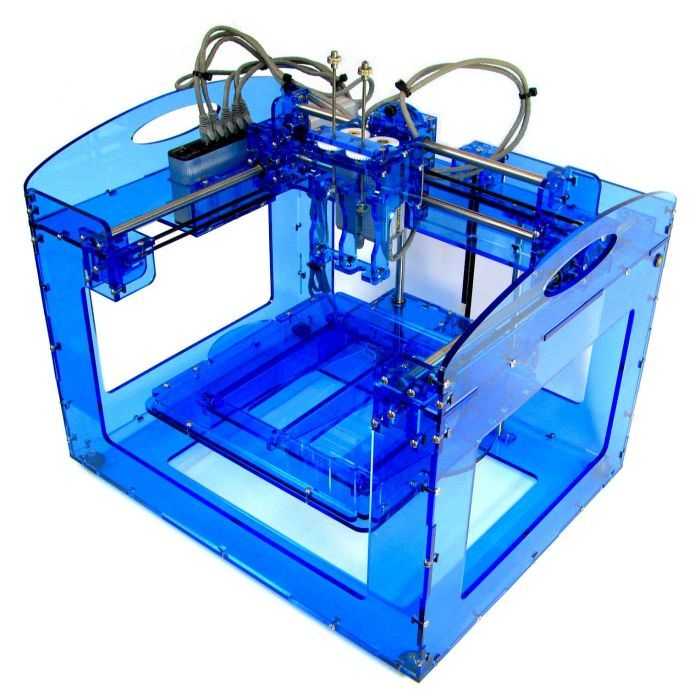
Initially, such models were made by hand, but 3D printing technology makes it possible to significantly improve the accuracy of dosing the radioisotope - for example, in thyroid cancer, neuroendocrine tumors in adults, neuroblastomas in children, and prostate cancer with bone metastases.
Treatment of prostate cancer in Israel: reviews
“We are already seeing that 3D printing can be used in orthopedics and surgery, and this study shows that it can also improve cancer treatment by helping us make all the calculations in radiotherapy more accurately,” says Glen Flux, PhD, head of the radioisotope department. Therapy of the Joint Department of Physics of the Institute for Cancer Research and the Royal Marsden Hospital. “We are optimistic about this technology and its potential for personalized cancer treatment using precisely targeted radiation.”
Ichilov Clinic
Get a treatment program and an exact price
Live Tumor Models
Another revolutionary use of 3D printing in oncology is the creation of 3D tumor models containing living cells. For the first time, such a model was created by a team of scientists from Drexel University (Philadelphia), led by Ph.D. Wei Song.
For the first time, such a model was created by a team of scientists from Drexel University (Philadelphia), led by Ph.D. Wei Song.
During this project, an artificial 3D tumor sample was grown (these samples have been created before, but they were all 2D). A three-dimensional artificial tumor more accurately reproduced the properties of a real malignant formation.
An artificial three-dimensional tumor created by American and Chinese scientists consisted of gelatin, sodium alginate (a salt of alginic acid, which is commonly used in industry as a food additive), and fibrin protein. A matrix of these components was coated with a layer of malignant cells using a special syringe built into a 3D printer. Using this model, some features of the "behavior" of the tumor and its response to treatment in Israel were studied.
Dr. Sun admits that his model is not yet a complete copy of a real malignant tumor. “For example, there are no blood vessels in it,” he notes. However, the researcher believes that the method of 3D printing of tumors will be actively developed and that it has a great future.